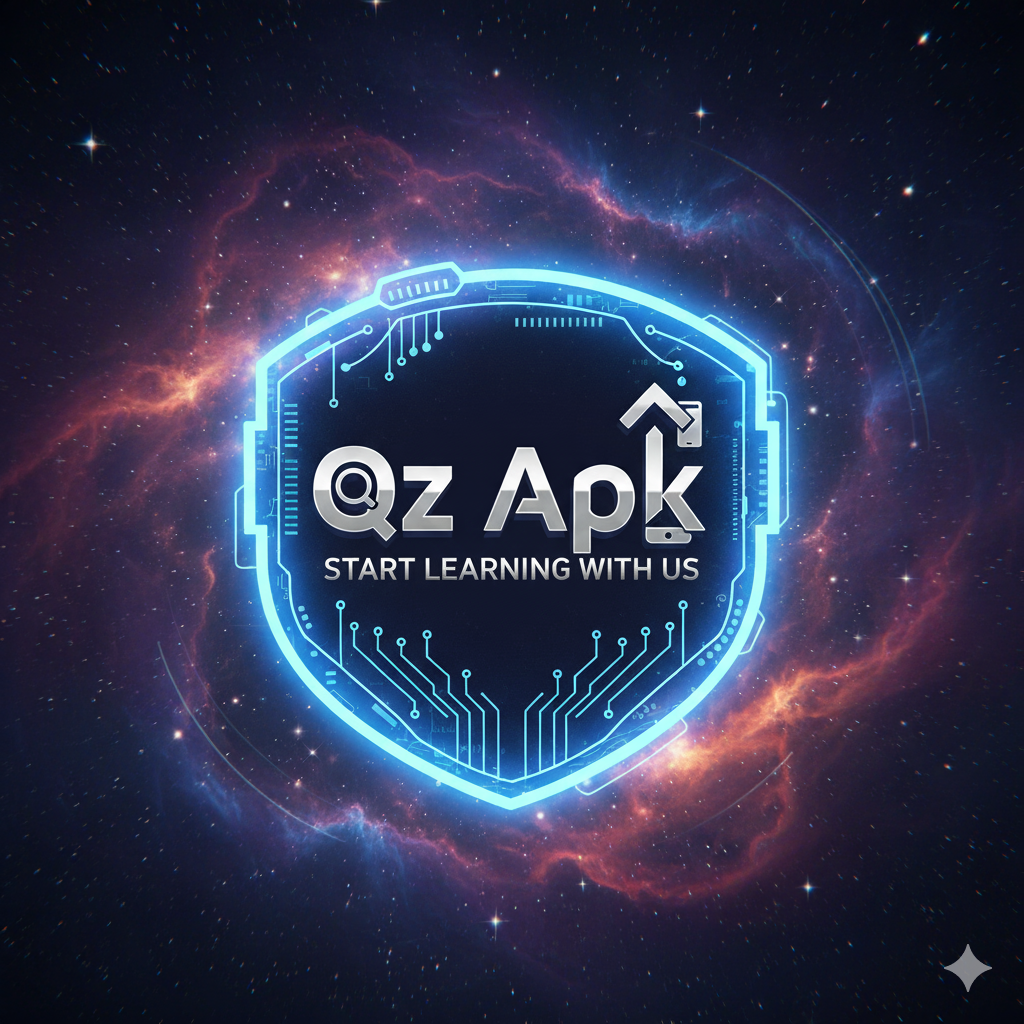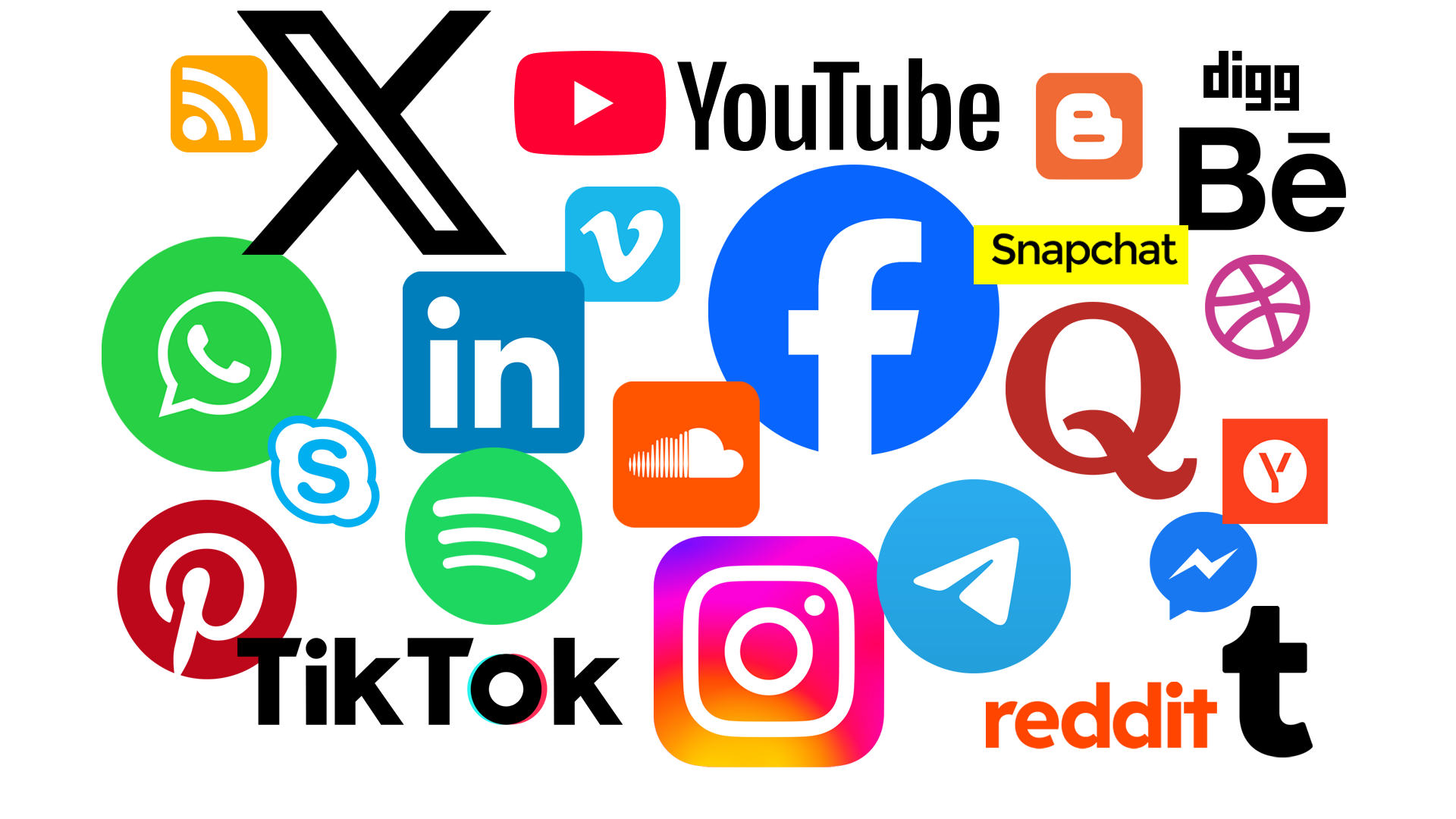Over the past two decades, pop culture has become one of the most powerful platforms for shaping global conversations about mental health. Movies, music, television, and social media now play crucial roles in how people perceive mental well-being, normalize struggles, and seek help. What was once considered taboo has evolved into an open discussion fueled by artists, actors, and influencers who use their visibility to raise awareness. Yet, while pop culture has encouraged empathy and understanding, it also risks oversimplifying or commercializing serious mental health issues. Understanding how pop culture influences mental health awareness reveals the complex relationship between entertainment, education, and emotion in today’s world.
The Evolution of Mental Health Representation in Media
In earlier decades, mental illness was either ignored or depicted through stereotypes in film and television. Characters with depression, anxiety, or psychosis were often portrayed as dangerous, unstable, or tragic. This fueled stigma and fear instead of empathy. Over time, public pressure and changing social attitudes have pushed for more accurate and compassionate portrayals. Shows like This Is Us, BoJack Horseman, and Euphoria explore emotional struggles with nuance and realism. Similarly, documentaries and biographical films about real-life figures have helped audiences relate to the human side of mental illness rather than see it as a character flaw.
Music as an Outlet for Emotional Expression
Music has always reflected human emotion, but in recent years, it has become a primary channel for discussing mental health openly. Artists such as Billie Eilish, Logic, and Demi Lovato use their platforms to talk about depression, anxiety, and addiction, creating safe spaces for fans to connect emotionally. Logic’s song “1-800-273-8255,” named after the suicide prevention hotline, sparked a measurable increase in calls and saved countless lives. The emotional power of lyrics and melodies allows people to process their own pain while feeling understood. This intersection between art and advocacy has made music one of the most effective vehicles for raising mental health awareness.
Social Media: A Double-Edged Sword
Platforms like Instagram, TikTok, and Twitter have revolutionized mental health advocacy by giving individuals a voice. Influencers and therapists now share self-care routines, coping techniques, and motivational messages that reach millions daily. Hashtags such as #EndTheStigma and #MentalHealthMatters have turned online spaces into communities of support. However, social media can also contribute to comparison, anxiety, and burnout. The constant exposure to idealized lifestyles creates pressure to appear happy and successful, even when struggling internally. Thus, while social media democratizes awareness, it also highlights the importance of digital mindfulness and authenticity.
Table: Positive and Negative Impacts of Pop Culture on Mental Health
| Aspect | Positive Impact | Negative Impact |
|---|---|---|
| Representation in Media | Reduces stigma through realistic portrayals | Risk of oversimplifying complex issues |
| Music & Art | Promotes emotional healing and connection | May romanticize pain or sadness |
| Social Media | Encourages open dialogue and community | Leads to comparison, stress, and misinformation |
| Celebrity Advocacy | Inspires fans to seek help and self-care | Can create unrealistic recovery expectations |
| Global Awareness | Normalizes therapy and self-expression | May blur boundaries between awareness and trend |
Celebrity Advocacy and Public Influence
Celebrities and public figures have played a vital role in destigmatizing mental illness. When influential people such as Selena Gomez, Prince Harry, or Dwayne “The Rock” Johnson speak openly about therapy and vulnerability, it changes public perception. Their willingness to share struggles humanizes success and demonstrates that mental health challenges can affect anyone. These conversations also inspire charitable campaigns, awareness walks, and online initiatives that raise funds for mental health organizations. However, there is a fine line between authentic advocacy and performative activism — genuine efforts must prioritize education and resources over publicity.
Television and Film as Tools for Empathy
Visual storytelling allows audiences to experience emotional depth and identify with characters facing psychological challenges. Films like A Beautiful Mind and Silver Linings Playbook illustrate complex disorders with care, blending realism and sensitivity. Streaming platforms have further diversified representation, showing mental health in different cultural, social, and gender contexts. These depictions foster empathy by revealing how personal experiences shape emotional well-being. For many viewers, such stories act as catalysts to recognize their own symptoms or seek professional help.
Cultural Shifts: From Taboo to Mainstream Dialogue
In many societies, discussing mental health was once seen as weakness or shameful. Pop culture helped break these barriers by embedding conversations into entertainment, fashion, and even sports. Athletes like Naomi Osaka and Simone Biles have publicly prioritized mental health over competition, reshaping global conversations about pressure and resilience. This cultural shift has inspired schools, workplaces, and families to adopt more open communication about emotional well-being. The normalization of therapy and mindfulness in mainstream media shows how deeply pop culture influences collective attitudes.
The Role of Technology and Virtual Communities
Technology has expanded access to mental health resources through podcasts, YouTube channels, and digital therapy apps. Influencers and creators who share recovery journeys often build online support networks where followers feel seen and understood. Virtual communities make mental health education accessible across borders, languages, and socioeconomic backgrounds. However, the rise of pseudo-experts online also highlights the need for accurate information and professional guidance. Balancing emotional storytelling with science-backed advice is essential to sustaining meaningful progress.
The Responsibility of Storytellers
Creators hold ethical responsibility when portraying mental health issues. Misrepresentation can reinforce stereotypes or spread misinformation. Filmmakers, songwriters, and influencers must collaborate with psychologists and advocacy groups to ensure their content is sensitive and responsible. The best examples of pop culture advocacy blend entertainment with education — encouraging viewers to empathize, not sensationalize. This approach strengthens awareness campaigns and empowers audiences to take constructive action rather than romanticizing suffering.
FAQs
1. How has pop culture helped reduce mental health stigma?
Pop culture humanizes mental illness by showing it through relatable stories, real voices, and personal experiences, allowing audiences to empathize instead of judge.
2. Can social media truly improve mental health awareness?
Yes, when used responsibly. Social media spreads information and connects communities, but users must remain cautious of misinformation and unhealthy comparison.
3. What’s the future of mental health representation in pop culture?
The future lies in authenticity and inclusivity — with creators focusing on accurate storytelling, cultural diversity, and collaboration with mental health professionals.



